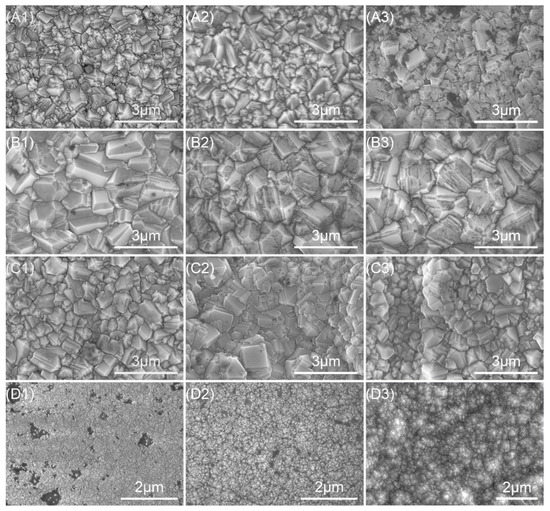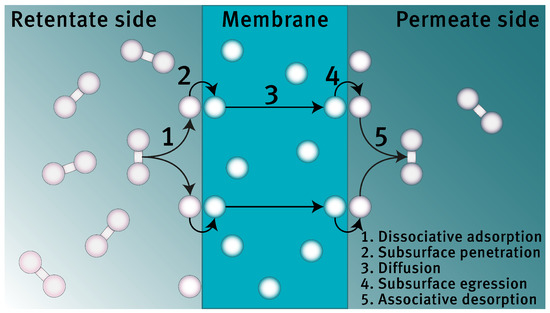Feature Papers in Inorganic Membranes and Hybrid Materials (Closed)
A topical collection in Membranes (ISSN 2077-0375).
Viewed by 17887Editor
Interests: organic and inorganic membranes; membrane nanostructure; bipolar membranes; biopolymer membranes; ion-conducting membranes; energy storage devices; fuel cell; reverse electrodialysis
Special Issues, Collections and Topics in MDPI journals
Topical Collection Information
Dear Colleagues,
Inorganic membrane technology is snowballing and offers enormous potential for overcoming the challenges encountered by conventional polymeric membranes. The main challenges experienced, such as robustness, physicochemical stability, thermal stability, and long-run, are crucial factors that govern the membrane’s performance. Inorganic membranes can withstand stress conditions and maintain their stability at elevated temperatures, shifting pHs, and high levels of relative humidity and pressure. These unique properties provide high permeation and selective transportation, making them promising candidates that are of commercial interest. Varieties of inorganic membrane materials with attractive and vibrant properties have created opportunities for engineering advancement. Comprehensive materials classes, from carbon-based graphene oxide to ceramic or metal-based hybrid materials to metal organic frameworks or inorganic polymers, have been widely used to develop high-performance inorganic membranes. Producing high-quality inorganic membrane material while maintaining the low cost of the membrane is still a major challenge that restricts their full-scale commercial use at in the production line. To solve the issue of the cost of inorganic membrane and hybrid materials in the production line, researchers around the globe have diverted their attention to optimizing the practical application of these membranes and exploring novel materials.
This Special Issue will provide a platform for researchers to publish their findings on inorganic membranes and hybrid material-related topics. Readers of this Special Issue will gain an overview of the fast development and innovation in the field of inorganic membranes. Therefore, authors developing advanced hybrid materials for designing nano or microporous inorganic membranes for separation technology can contribute their findings to this issue. This Special Issue aims to act as a valuable source of information. It will cover a range of material types that can be used for developing inorganic membranes, including micro to nanoporous materials, amorphous to crystalline materials, functional materials, etc. The application of inorganic membranes and hybrid materials is also a prime focus of this issue. However, papers focused on analytical calculations, methods, fundamental principles, and concepts concerning inorganic membranes will also be covered.
Dr. Rahul Singh
Collection Editor
Manuscript Submission Information
Manuscripts should be submitted online at www.mdpi.com by registering and logging in to this website. Once you are registered, click here to go to the submission form. Manuscripts can be submitted until the deadline. All submissions that pass pre-check are peer-reviewed. Accepted papers will be published continuously in the journal (as soon as accepted) and will be listed together on the collection website. Research articles, review articles as well as short communications are invited. For planned papers, a title and short abstract (about 100 words) can be sent to the Editorial Office for announcement on this website.
Submitted manuscripts should not have been published previously, nor be under consideration for publication elsewhere (except conference proceedings papers). All manuscripts are thoroughly refereed through a single-blind peer-review process. A guide for authors and other relevant information for submission of manuscripts is available on the Instructions for Authors page. Membranes is an international peer-reviewed open access monthly journal published by MDPI.
Please visit the Instructions for Authors page before submitting a manuscript. The Article Processing Charge (APC) for publication in this open access journal is 2200 CHF (Swiss Francs). Submitted papers should be well formatted and use good English. Authors may use MDPI's English editing service prior to publication or during author revisions.
Keywords
- porous membrane
- hybrid membrane
- mixed matrix membrane
- inorganic membrane
- hollow fiber membrane
- metal organic framework
- hybrid materials
- separation and purification
- reactor
- gas sensing
- energy system













